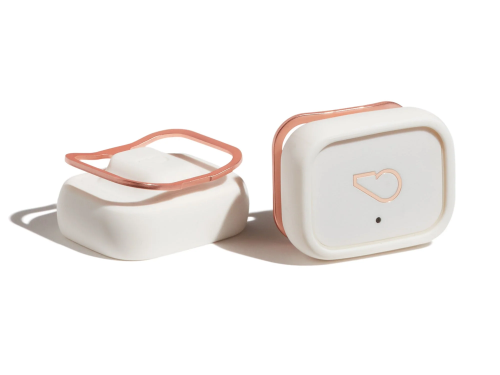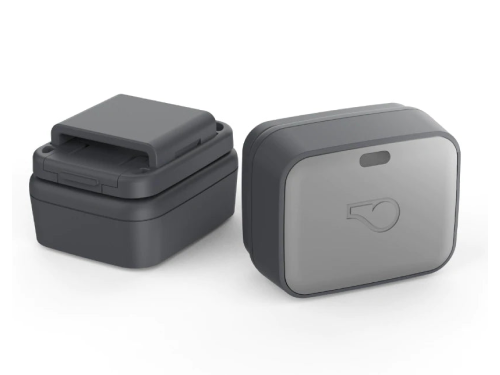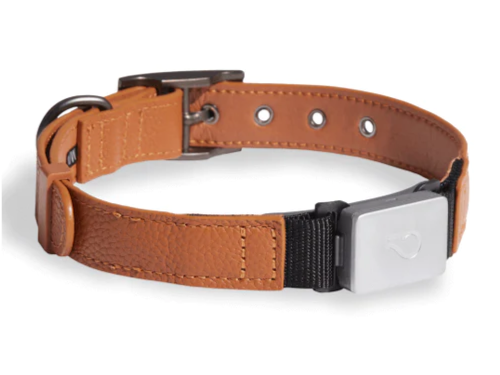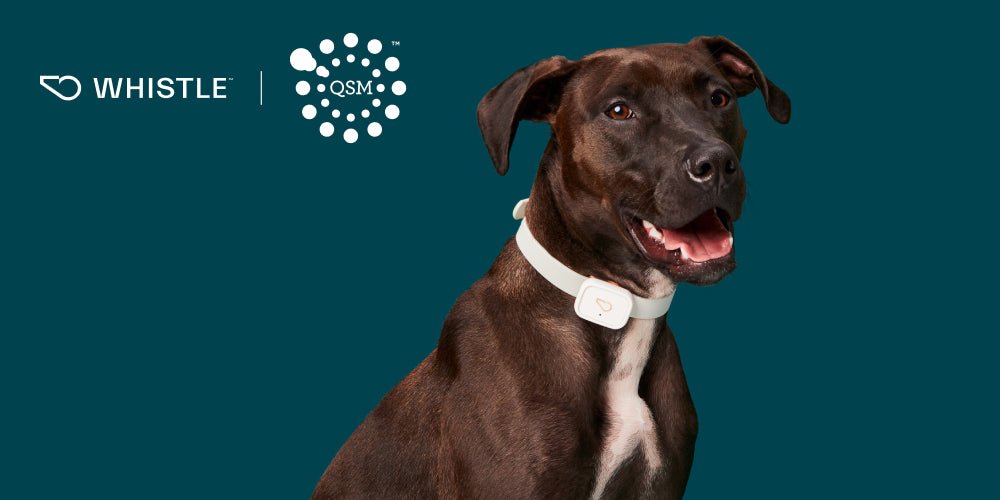Scratch That! How Tech is Solving for Itchy Dogs Everywhere

As a veterinarian, I know that having a good “history,” or information on how they are behaving at home, for a pet is important to make sure we can treat them appropriately. This is why it is critical for pet parents to know what is happening with their pet.
However, it isn’t always so easy to know what your pet is up to all hours of the day and night. This is where technology can help to make being a pet parent easier!
We all want to be the best pet parents possible. How often do you wonder if your pet is feeling their best? Or if they seem a little off, wishing they could only tell you what is wrong?
Skin issues, due to environmental allergies or even something like a small cut, can sneak up on you and cause you and your dog to be miserable. It can be easy to miss the early signs of a problem if your dog isn’t scratching all the time or showing other visible signs. However, this early stage is when we want to intervene to prevent further skin damage that can become very painful and costly to treat.
Now, Whistle can help. We have invested in some cool new technology that means we now have the ability to accurately tell how much your dog is scratching even when you can’t monitor them 24/7.
In fact, we recently did some further validation of our Whistle scratching detection algorithm to ensure that our reliable method of detecting medically relevant scratching activity in dogs separated into categories of severity that made sense to an owner observing their pet but with the precision that constant monitoring can provide. We did this by comparing the Whistle scratching data for 358 dogs and the level of scratching noted by their dog parents (making sure there was no peeking at their Whistle data first!). The scale they used to grade their dog’s scratching activity went from 0, which represents a normal dog (“itching is not a problem for my dog”) to 100, corresponding to extreme itching (“itching disrupts my dog’s sleep, eating, play and exercise”).
After rigorous analysis, we were able to show that these categories of scratching severity as determined by the Whistle activity tracker data corresponded to the owner’s overall impression of the pet’s itching and scratching levels.
This is a great example of technology and data helping pets “have a voice” in their health and care. We hope that it will also prove to be useful for veterinarians who are looking for an objective way to help diagnose skin diseases and measure a pet’s response to the treatments and medications that they prescribe.
And the best part is that this amazing scratching-detection technology has already been built into our Whistle activity and health trackers so you and your pet can benefit from an “always-on” monitor that may be helpful in keeping your dog healthy and happy.









